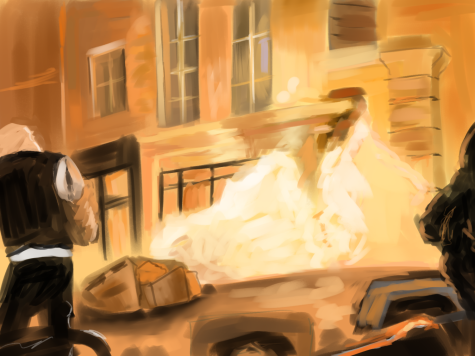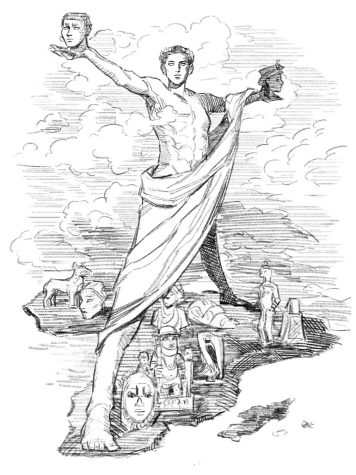The Australian Bushfires: A Crisis in Action
January 3, 2020
Starting in late August, bushfires in Australia have ravaged the country and show no signs of stopping. Bushfires are common in Australia, usually occurring during the dry season, which is December to March. However, the fires, spurred by high temperatures, strong winds, and low rainfall, started early this year. They are now starting to affect highly populated areas and are threatening major cities like Sydney.
The fires are so devastating this year that, for the first time ever, they have been given a rating of “catastrophic” by the Australian government. The rating system was started after the most deadly bushfire in 2009, which killed 173 people. To date, the fires have killed six people and burned over 700 homes.
Despite firefighters’ valiant attempts, with almost ten million acres currently burning, it is practically impossible to put out every fire before they start to spread to populated areas. It is estimated that some areas would need steady downpours of over ten inches for days before the fires could be contained, which is highly implausible.
Also, firefighters have tried to employ a tactic known as “back-burning,” which is to start controlled fires in areas that have not been affected by the fires. This can clear any vegetation that would be susceptible to the actual bushfire. Since the real fire would not have anything to burn, they would be contained. Unfortunately, firefighters near Sydney that have tried back-burning lost control of the fire, causing more damage and adding to the large area of the existing fires.
Besides the fire itself, smoke is another concern, as it can spread and have a much wider effect than fire. Cities have become blanketed in smoke, which might not move for months until the fires are contained. The smoke has already caused an increase in hospital visits, as it can harm the respiratory system, especially in children and the elderly. In early December, some parts of Sydney had air quality worse than twenty-two times the standard for clean air.
Citizens of Australia want to know what has made these fires so much worse than previous fires, and wonder if climate change plays a role. Government officials have not said anything regarding the cause of this destruction, other than a combination of the normal dry season and an unusually hot summer. It is hard to determine, especially while the fires are burning, if climate change has a part in making the fires worse than they would normally be. However, Australia is known to not be on pace to meet its emissions reduction goals and the temperature is above the long-term average.
The bushfires this year have been an unfortunate combination of many factors that have made them some of the most destructive ever in Australian. Right now, it looks like no amount of firefighting will be able to contain the fires from spreading, but they will likely be stopped from reaching any major cities. After the fires are finally stopped, Australia will have to face a lengthy rebuilding process and hopefully take steps to prevent fires of this magnitude in the future.


